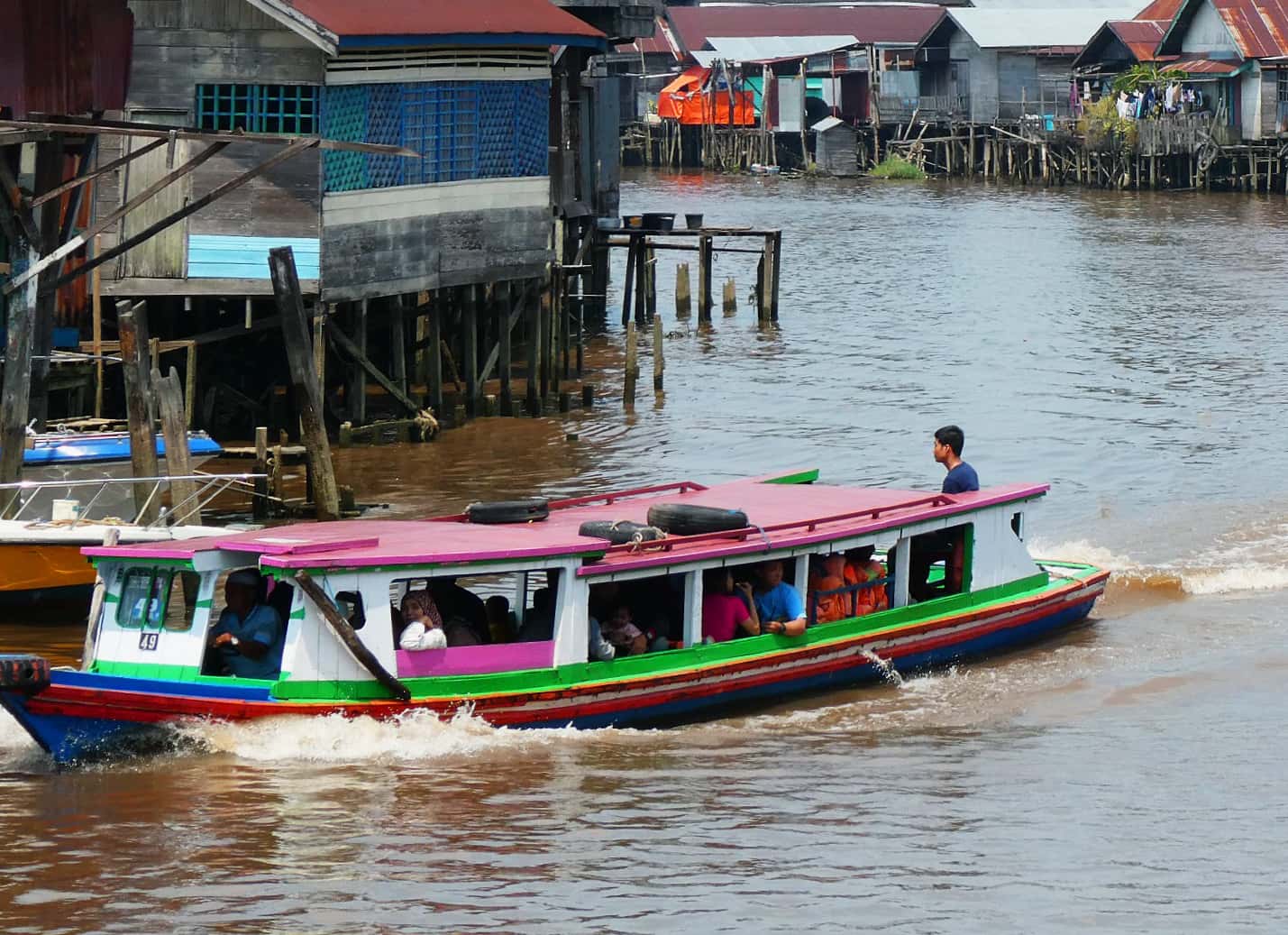
Historic Urban Landscape (HUL) Quick Scan Method Workshops and Publication of Handbook for Indonesian University Lecturers

Downloads
DOI:
https://doi.org/10.58981/bluepapers.2022.1.12Published
Issue
Section
License
Copyright (c) 2022 Vera D. Damayanti, Hasti Terakat Dipowijoyo, Kemas Ridwan Kurniawan, Jacqueline Rosbergen, Peter Timmer, Punto Wijayanto

This work is licensed under a Creative Commons Attribution 4.0 International License.
How to Cite
Abstract
The Historic Urban Landscape (HUL) Quick Scan Method is a methodology that can be used in workshops to foster multi-stakeholder collaboration and a holistic understanding of a context and its challenges. The HUL Quick Scan Method was conducted in three phases in Muntok and Banjarmasin, Indonesia, and demonstrated its efficacy in promoting heritage and socio-cultural practices as catalysts for sustainable development. The features of the workshops run in the two cities stimulated discussion among the local community and including private and public sectors, establishing a basis for applying the UNESCO Historic Urban Landscape approach.
References
Damayanti, Vera D. 2019. “Identification of the structure and changes in the landscape of Banjarmasin City in the empire period (1526-1860).” Jurnal Arsitektur Lansekap 5, no. 2: 249–259. https://doi.org/10.24843/JAL.2019.v05.i02.p13 (in Indonesian).
Damayanti, Vera D., Hasti Tarekat Dipowijoyo, Jacqueline Rosbergen, Peter Timmer, and Punto Wijayanto. 2020. Safeguarding and Rejuvenating the Identity of a River City, Workshop HUL Quick Scan Banjarmasin (South Kalimantan). Amersfoort: Cultural Heritage Agency. https://english.cultureelerfgoed.nl/publications/publications/2020/01/01/safeguardingand-rejuvenating-the-identity-of-a-river-city
Dipowijoyo, Hasti Tarekat, Kemas Ridwan Kurniawan, Jacqueline Rosbergen, Peter Timmer, and Punto Wijayanto. 2019. New Horizons for an Old Tin Mining Town, Workshop HUL Quick Scan Muntok (West Bangka). Amersfoort: Cultural Heritage Agency. https://www.cultureelerfgoed.nl/publicaties/publicaties/2019/01/01/new-horizons-for-an-old-tinmining-town.
Kurniawan, Kemas R., Dani Soedjalmo, and Elita Nuraeny. 2020. “Muntok as a cultural Landscape.” IOP Conference Series: Earth and Environmental Science 447: 012044. https://doi.org/10.1088/1755-1315/447/1/012044.
UNESCO. 2013. New life for historic cities: The historic urban landscape approach explained. https://whc.unesco.org/en/activities/727.


